#roman priestess
Explore tagged Tumblr posts
Text

The Priestess by John William Godward (1896)
#john william godward#art#paintings#fine art#19th century#19th century art#neoclassicism#neoclassical#neoclassical art#painting#english artist#british artist#roman#ancient rome#roman priestess#priestess#portrait#classic art
3K notes
·
View notes
Text

The Sacred Grove of the Druids, set design from Vincenzo Bellini's Opera ''Norma''
#vincenzo bellini#norma#opera#druids#druid#sacred grove#sacred groves#high priestess#woods#forest#art#gaul#gallic#ancient gaul#gauls#pagan#paganism#europe#european#ritual#rituals#ceremony#tradegy#oroveso#chief#antiquity#religion#roman#ancient rome#villeneuve
779 notes
·
View notes
Text
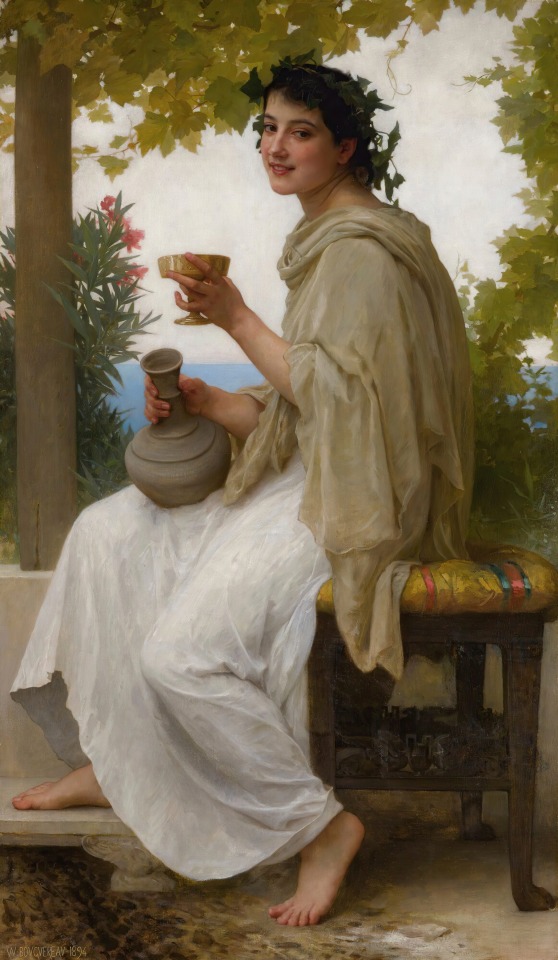
Bacchante, 1894 William Bouguereau
#William Bouguereau#realism#academicism#art#painting#art history#mythology#portrait#nature#1890s#Bacchante#Bacchus#priestess#roman mythology
589 notes
·
View notes
Text

Statue of seated Cybele with portrait head of her priestess
Roman, Imperial Period, c. A.D. 50
Marble
J. Paul Getty Museum
#Cybele#goddess#priestess#mystery cult#Ancient Rome#Roman#Imperial Period#marble#Getty Museum#J. Paul Getty Museum#cornucopia#lion#rudder#mural crown#ancient art#statue#sculpture
53 notes
·
View notes
Text

Vestal with Ivy Garland (1856), (detail) by Carl Friedrich Deckler (German, 1838-1918), oil on canvas, 130 × 91 cm, (whereabouts unknown)
#vestal with ivy garland#carl friedrich deckler#painting#my upload#oil on canvas#whereabouts unknown#19th century#neoclassicism#vestal#garland#vesta#vestal virgin#priestess#roman empire#painting detail#detail#art#fine art
59 notes
·
View notes
Text

Women’s hairstyles of the Byzantine Empire.
#byzantine#byzantine art#byzantine empire#byzantine woman#byzantium#rome#roman empire#art history#byzantine era#witchy aesthetic#witchy woman#sorceress#priestess#goddess#queen adornments
842 notes
·
View notes
Text

Rome's Vestal Virgins: Protectors of The City's Sacred Flame
Chosen as young girls, the priestesses of Vesta, goddess of the hearth, swore a 30-year vow of chastity and in turn were granted rights, privileges, and power unavailable to other women in Rome.
Marcus Licinius Crassus was one of the richest and most powerful Roman citizens in the first century B.C. Yet he nearly lost it all, his life included, when he was accused of being too intimate with Licinia, a Vestal Virgin. He was brought to trial, where his true motives emerged. As the first-century historian Plutarch recounts, Licinia was the owner of “a pleasant villa in the suburbs which Crassus wished to get at a low price, and it was for this reason that he was forever hovering about the woman and paying his court to her.” When it became clear that Crassus’ wooing was motivated by avarice rather than lust, he was acquitted, saving both his and Licinia’s lives.
One of the most remarkable elements of this story is the fact that Licinia owned a villa in the first place. Unlike other women, Licinia could own property precisely because she was a Vestal Virgin. The story of her trial also reveals how that privilege came with a price: A Vestal Virgin had to abstain from sex, a sacred obligation to one of Rome’s most ancient customs that would continue until Christianity ended the cult in A.D. 394.

FIRE GODDESS: The remains of the Temple of Vesta stand in the Roman Forum. Unlike most temples, it did not contain a central image of the goddess. It was the site of the holy fire and a repository of various sacred artifacts.
Vestal Veneration
According to Roman authors, the cult was founded by Numa Pompilius, a semi-mythical Roman king who ruled around 715 to 673 B.C. Unlike most Roman religious cults, worship of Vesta was run by women. The hearth was sacred to this goddess, one of Rome’s three major virgin goddesses (the other two being Minerva and Diana). The rites surrounding the Vestals remained relatively fixed from the time of the Roman Republic through the fourth century A.D.
Six virgin priestesses were dedicated to Vesta as full-time officiates who lived in their own residence, the Atrium Vestae in the Roman Forum. The Vestals’ long tradition gave Romans a reassuring thread of continuity and may explain the Temple of Vesta’s traditional circular form, a style associated with rustic huts in the city’s deep past.

KEEP THE FIRE The Vestal Virgins tend the sacred fire of Vesta, on whose protection Rome depends. 17th-century oil painting by Ciro Ferri, Galleria Spada, Rome
This place of worship, which lay alongside the Atrium, was where the priestesses tended the goddess’s sacred fire. Once a year, in March, they relit the fire and then ensured it remained burning for the next year. Their task was serious as the fire was tied to the fortunes of their city, and neglect would bring disaster to Rome.
To become a Vestal was the luck of the draw. Captio, the process whereby the girls were selected to leave their families and become priestesses, is also the Latin word for “capture”—a telling turn of phrase that evokes the kidnapping of women for brides that took place in archaic Rome. Records from 65 B.C. show that a list of potential Vestals was drawn up by the Pontifex Maximus, Rome’s supreme religious authority. Candidates had to be girls between the ages of six and 10, born to patrician parents, and free from mental and physical defects. Final candidates were then publicly selected by lot. Once initiated, they were sworn to Vesta’s service for 30 years.
On being selected, their life was spent at the Atrium Vestae in a surrogate family, presided over by older Vestals. In addition to room and board, they were entitled to their own bodyguard of lictors. For the first 10 years they were initiates, taught by the older priestesses. Then they became priestesses for a decade before taking on the mentoring duties of the initiates for the last 10 years of their service.
Training the Novices
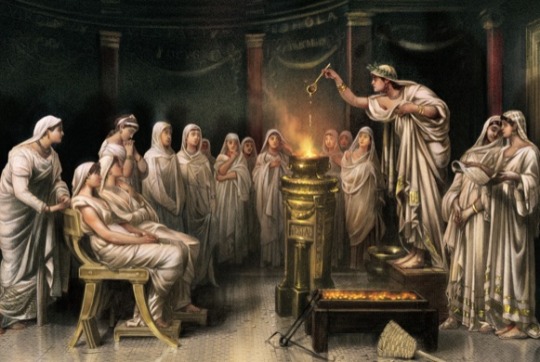
"The School of the Vestal Virgins" 19th-century colorized engraving by L. Hector Leroux.
After lots were drawn from the list of young girls who could serve Vesta, initiates were brought to the Atrium Vestae, where their training would begin. The training was overseen by the chief priestess, the Vestalis Maxima, who came under the authority of the Pontifex Maximus. The first 10 years were spent training for their duties. They would spend the second decade actively administering rites, and the final 10 were spent training novices. The chastity of the priestesses was a reflection of the health of Rome itself. Although spilling a virgin’s blood to kill her was a sin, this did not preclude the infliction of harsh corporal punishment. First-century historian Plutarch writes: “If these Vestals commit any minor fault, they are punishable by the high-priest only, who scourges the offender.”
Public monies and donations to the order funded the cult and the priestesses. In Rome religion and government were tightly intertwined. The organization of the state closely mirrored that of the basic Roman institution: the family. The center of life of the Roman home, or domus, was the hearth, tended by the matriarch for the good of her family and husband. In the same way, the Vestals tended Vesta’s flame for the good of the state.
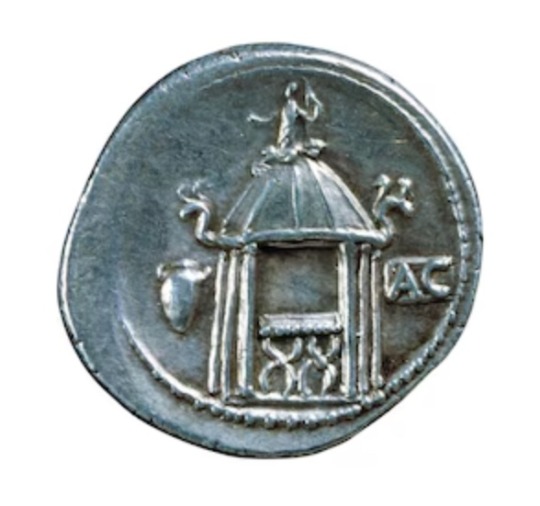
A silver denarius, also from the second century B.C., bears a representation of the circular Temple of Vesta.
Unlike other Roman women, Vestals enjoyed certain privileges: In addition to being able to own property and enjoying certain tax exemptions, Vestals were emancipated from their family’s patria potestas, patriarchal power. They could make their own wills and give evidence in a court of law without being obliged to swear an oath.
Thirty Years of Chastity
These rights came at a high price: 30 years of enforced chastity. Many historians believe that the health of the state was tied to the virtue of its women; because the Vestals’ purity was both highly visible and holy, penalties for a Vestal breaking her vow of chastity were draconian. As it was forbidden to shed a Vestal Virgin’s blood, the method of execution was immuration: being bricked up in a chamber and left to starve to death. Punishment for her sexual partner was just as brutal: death by whipping. Throughout Roman history, instances are cited of these grim sentences being passed.
Jealousy or malice made the women vulnerable to false accusations. One story, celebrated by several Roman writers, concerns the miracle of the Vestal Virgin Tuccia, who was falsely accused of being unchaste. According to tradition, Tuccia beseeched Vesta for help and miraculously proved her innocence by carrying a sieve full of water from the Tiber.
Allegations of crimes against the Vestals’ chastity sometimes went to the top of the social order. The flamboyantly eccentric, third-century emperor Elagabalus actually married a serving Vestal Virgin. It is a sign of the enduring symbolic importance of the cult that this heresy was one major factor that led to his deposal and murder.

The Vestal Tuccia, falsey accused of breaking her chastity vow, is saved by the intervention of Vesta, who enables her to carry water in a sieve from the Tiber back to the temple. 17th-century painting by Giovanni Battista Beinaschi.
Vestal Vestments
The ceremonial dress of Vestals highlights their dual, and somewhat contradictory, embodiment of both the maternal and the chaste. Physical appearance was an integral part of their role, making them stand out as different from other women, but also echoing physical traits of conventional women.
Dressed in white, the color of purity, the Vestal Virgins wore stola, long gowns worn by Roman matrons. Hair and headdresses played an important symbolic function. The Vestal hairstyle is described in Roman sources using an ancient Latin phrase, the seni crines. Historians cautiously agree it means “sixbraids,” and is mentioned as the coiffure of both Vestal Virgins and brides. A Vestal wore the suffibulum, a short, white cloth similar to a bride’s veil, kept in place with a brooch, the fibula. Around their heads they wore a headband, the infula, which was associated with Roman matrons.
Daily rites for Vestals were often centered around the temple. Most important was maintaining the holy fire. If the fire went out, the attending Vestals would be suspected not only of neglect but also of licentiousness, since it was believed impurity in a Vestal’s relations would cause a fire to go out. Other typical duties included the purification of the temple with water, which had to be drawn from a running stream. In readiness for the numerous festivals that required their attendance, the priestesses were required to bake salsa mola, a cake of meal and salt that was sprinkled on the horns of sacrificed animals. Important religious festivals included the Vestalia, dedicated to their goddess, Vesta, and the Lupercalia, which highlights the contradictory role of the Vestal Virgins, as it was closely associated with fertility.

A representation of a Vestal Virgin.
A Roman Tradition

A bust of Numa Pompilius from the Villa Albani Museum in Rome, believed to have been sculpted in the Roman Imperial Period.
Romans believed the cult of the Vestal Virgins was instituted under the eighth-century B.C. king Numa Pompilius, the successor of Rome’s founder, Romulus. First-century A.D. historian Plutarch wrote that Numa may have “considered the nature of fire to be pure and uncorrupted and so entrusted it to uncontaminated and undefiled bodies.“ Numa is credited by Livy, in his History of Rome, with formalizing other key Roman cults, including those of Jupiter and Mars. Many historians believe Numa was legendary, and that the worship of Vesta and other cults developed slowly out of pre-Roman customs, perhaps dating back to the older Etruscan culture that dominated Italy before the rise of Rome.
In the innermost part of their temple, the priestesses looked after their secret talismans. Among these objects was the sacred phallus, the fascinus, the representation of a minor god of the same name. The fascinus (the root of the word “fascinate”) is closely bound with magic and fertility. It was also in this part of the temple that they probably kept the palladium, the statue of Pallas Athena that the legendary founder of Rome, Aeneas, brought to Italy after the destruction of Troy, his home city—another aspect of the Vestal cult that tied Rome’s origins into an ennobling and ancient tradition.
Romans regarded these priestesses with a sense of awe. Plutarch points out “they were also keepers of other divine secrets, concealed from all but themselves.” It was believed they possessed magical powers: If anybody condemned to death saw a Vestal on his way to being executed, he was to be freed, so long as it could be proven the meeting was not by design. Vestals, it was said, could stop a runaway slave in his tracks.
The privileged position of the Vestal Virgins in Roman society survived for more than a thousand years, passing through Rome’s changing systems of monarchy, republic, and empire. The cult would not, however, survive Christianity. In A.D. 394 Theodosius closed the House of the Vestals forever, freeing the virgins from their obligations, but also removing their privileges.

VIEW OF THE VESTAThe ruins of the Atrium Vestae stand in the Roman Forum. The rectangular pools formed a part of the complex’s long, central patio. To the right of the Atrium are the remains of the Temple of Vesta, and behind the wall are the three remaining columns of the Temple of Castor and Pollux.
Even as their flame was extinguished, aspects of the cult may have passed into the new faith as it swept through the Mediterranean. Just as the position of the Pontifex Maximus lived on in the papal title “pontiff,” young women in the early years of Roman Christianity embraced virginity and celibacy in their desire to be “eunuchs for the love of heaven.” Scholars believe the role of the Christian nun was inspired, in part, by the chaste figures who dutifully tended the holy flame of Vesta.
By Elda Biggi.

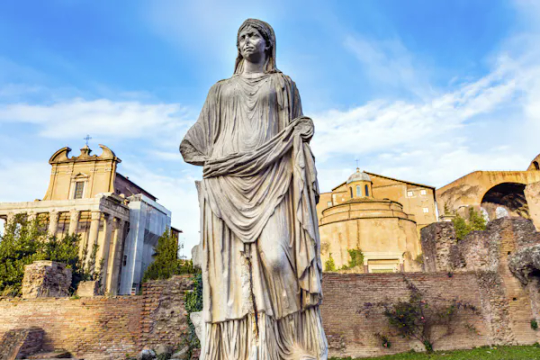

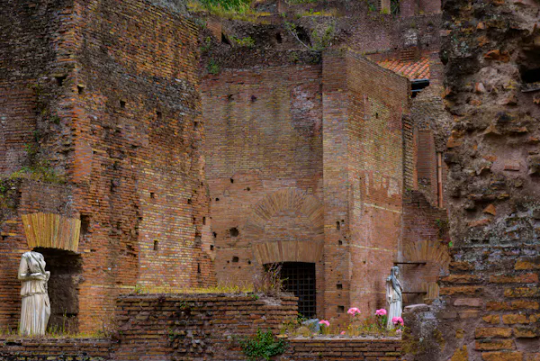
#Vestals#Vestal Virgins#Priestesses of Vesta#Rome's Vestal Virgins: Protectors of The City's Sacred Flame#ancient artifacts#archeology#archeolgst#history#history news#ancient history#ancient culture#ancient civilizations#ancient rome#roman history#roman empire#roman emperors#roman art#ancient art#art history#long post#long reads
31 notes
·
View notes
Text



if you want to better yourself here are some tips and tricks from me
number 1. learn, sink in to your knowledge! learn languages learn things. learn history. be smart, you don’t have to be the smartest person in the world. it’s good to be aware of the world. knowledge is a great skill and quality to have.
number 2. have a healthy life style. this will help in the long run. with so many diseases and many other things in this world you can do so much too prevent it! you don’t have to do crazy diets if you don’t like to. i personally fast and still eat the stuff id like, but in moderation . you can exercise and still eat whatever you want! that’s what helps with me
number 3. focus on you. don’t focus on others, make yourself the priority. others will come later. dress for yourself do not dress for others. that shows lack of confidence because you care so much about how others think of you when you do that. wear what’d you like, change your hair, do anything that’s in your hearts desire.
number 4. remember mental health plays a significant role in your life. meditate, write in a journal, do shadow work or even watch videos on self help. you can find shadow work on pinterest. alessia (persephonesblood) has a shadow book on amazon if your interested.
number 5. this is your life, your movie. don’t let yourself be a side character of your life. don’t listen to people with their negative energy reflecting themselves onto you. where is that even going to get them? they talk about you because no one cares when they talk about themself because it’s so boring. not everyone is going to like you and that’s okay. their opinion is invalid.
number 6. stop living in the past. where is the past? gone, you have no control of it. so let go of it. it’s going to get you absolutely no where. be in the present think of your future. vision your future, plan on your future. do what you think is going to have your future self thank you.
#wonyoungism#the wizard liz#persephones blood#tam kaur#high priestess#manifesation#the law of assumption#the law of attraction#neville goddard#love yourself#romantize your life#romanticise everything#romanization#romantic academia#reading#classic books#bookblr#learn languages#language#healthy#healthy lifestyle#healthy life tips#pilatesworkout#yoga pilates#yoga#shadow work#self improvement#it girl#productivity#high maintenance
29 notes
·
View notes
Text
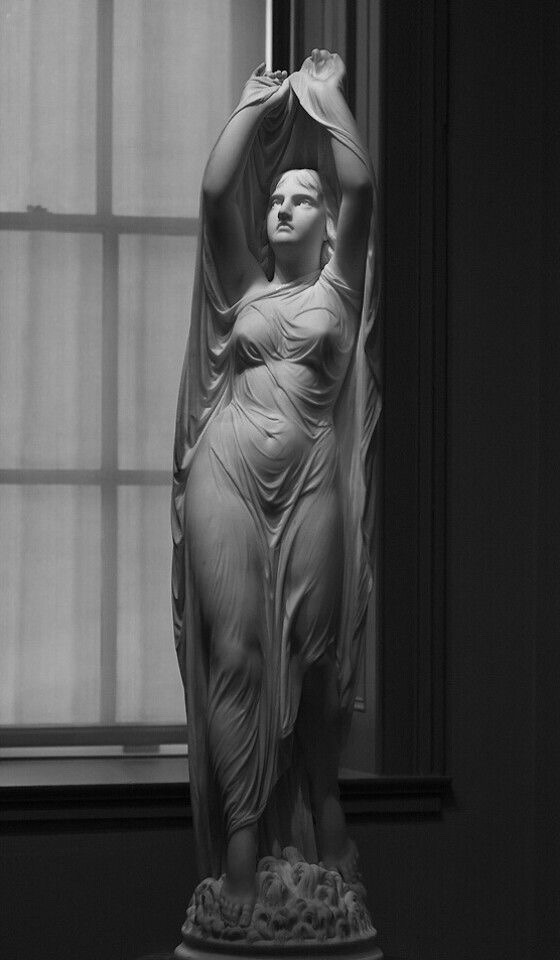

vesta & her virgin priestess'
#vesta 🪔#aesthetics :: 🎨#vestal virgins#vesta priestess#priestess#pagan#paganism#roman pagan#paganblr#pagan community#spiritual#pagans of tumblr#spirituality#deity worship#religion#deity devotion#polytheism#roman polytheist#deity work
115 notes
·
View notes
Note
you have a bunch of posts about vampires- have you ever considered writing a vampire story? i adore your writing and would love to see your take on it
so, to be perfectly honest that probably is more a reflection of what the people i follow have been posting/rebloging about recently than what i'm specifically working on, but i have for sure considered writing a vampire story.
100% i do lov vampire stories but most of my vampire ideas tend to spiral out into longer stories and i have so many story ideas in general, they just sort of haven't happened yet and i hav no idea when i'll finally get around to writing them.
See below for my current vampiric ideas (including vampire powers/blood drinking as well as actual vampires):
This would be a combo where basically demons grow up by sort of merging together/fighting/eating each other and usually its the same species/type that do so until they're like an adult of that species, but the MC is actually a combo of a couple types and so switches between/has a bit of a split personality. he's trying to find a partner to satisfy all of the sides of himself, one of which is a vampiric demon. Reader needs money and they find each other through an online site, vampire side is the first one they meet. very NSFW focused.
There;s a one about a reader who grew up groomed to be a priestess/sacrifice type person for a god of healing but the cult did the ritual wrong and so they can only heal themselves instead of others. They are then offered up and claimed by a god of war to serve their head priest who needs to drink blood to sustain himself but has survivers guilt and ptsd and all sorts of other shit who's trying rly hard not to use the reader, who's desperate for a purpose now that their ordained one has been snatched away and a little to eager to be used.
Patronage i've mentioned where a desperate country sacrifices blood, sweat, and tears to summon their countries patron saint which works before they actually sacrifice the queen's life. now he's helping them out but he does still need some of those sacrifices from her to stick around.
three noble families did a super shady magical ritual that fucked them all up and then they were isolated from the rest of the kingdom and each other but the barriers are fraying and going to come down soon. the magical heir and the vampire heir and the werewolf heir are all in some sort of situation-ship thats about to come to a head.
The modern exploration/documentation of a catacomb woke up a vampire who was sleeping. Reader trades knowledge of current catacombs project for some more context/history of the place formt he vampire. There's a rival vampire that conspired to keep the other one asleep, reader gets caught in the middle of that. There's a fight the love interest vampire wins but now he's thirsty 👀😉
High status Vampire, who'd only recently woken up in modern times, hires destitute werewolf with family issues to be her bodyguard, assistant, and blood bag, just for a temporary span of time while getting settled. no one will catch feelings of course.
college students who use the same deep basement study desks become friends. Vampire is on his nth degree, reader is some sort of engineering student? supernatural is known but sort dont ask don't tell; considered very dangerous. they become friends/flirty but all comes to a head when they meet at a club instead of the library.
Reader who's been hanging out with a shady group of 'friends' at university is injured in a hazing prank. because said shady group was rly into lik supernatural/crypid shit, reader decides it would b funny to pretend that they were attacked/saved by a vamp after said incident except they play it too well because an actual vamp shows up and is lik who the fuck is being so sloppy with you as their thrall, its gonna giv us away and reader is lik wtf do u mean vamps are real? reader ends up signing up to be a vamp thrall (idiot vamps sister) for real (for the Health Benefits/apartment).
Some of these would be short stories but some are like full length novel ideas. All are in various stages of outlining/notes/writing.
I'm so behind on writing my stories because of work/life, but i'm happy to talk more about any of them lol
i'm so glad you enjoy my writing and i'm super into vampires, just never enough time in the day to write everything i want to write
#asks#writing asks#vampires#vampiric#my writing ideas#my story ideas#u would not believe how many ideas for stories i have#its ridiculous#the last one is the most recent idea and has been on the top of my mind#there would be two books focusing more on each of them#theres a vampiric death game thing in the second one#catacombs ones came about cuz i went to some roman catacombs last year and had Thoughts#the priestess/sacrifice one is also high on my own list#the demon with 5 demon forms is my bedtime story to myself lmao
16 notes
·
View notes
Text
Procrastinating by way of making an hour long playlist of songs that make me think of Rachel Elizabeth Dare so I can think about her all the time is my new hobby
I love her
#Rachel dare my beloved#you were a teenager with a crush and people hate you for it#rachel elizabeth dare#I have so many thoughts about her#I love her#Rachel dare is my Roman Empire#apollos favorite priestess#percy jackson#percy jackon and the olympians#rachel dare#Pjo#Percy Jackson and the olympians#bean thinks
12 notes
·
View notes
Text
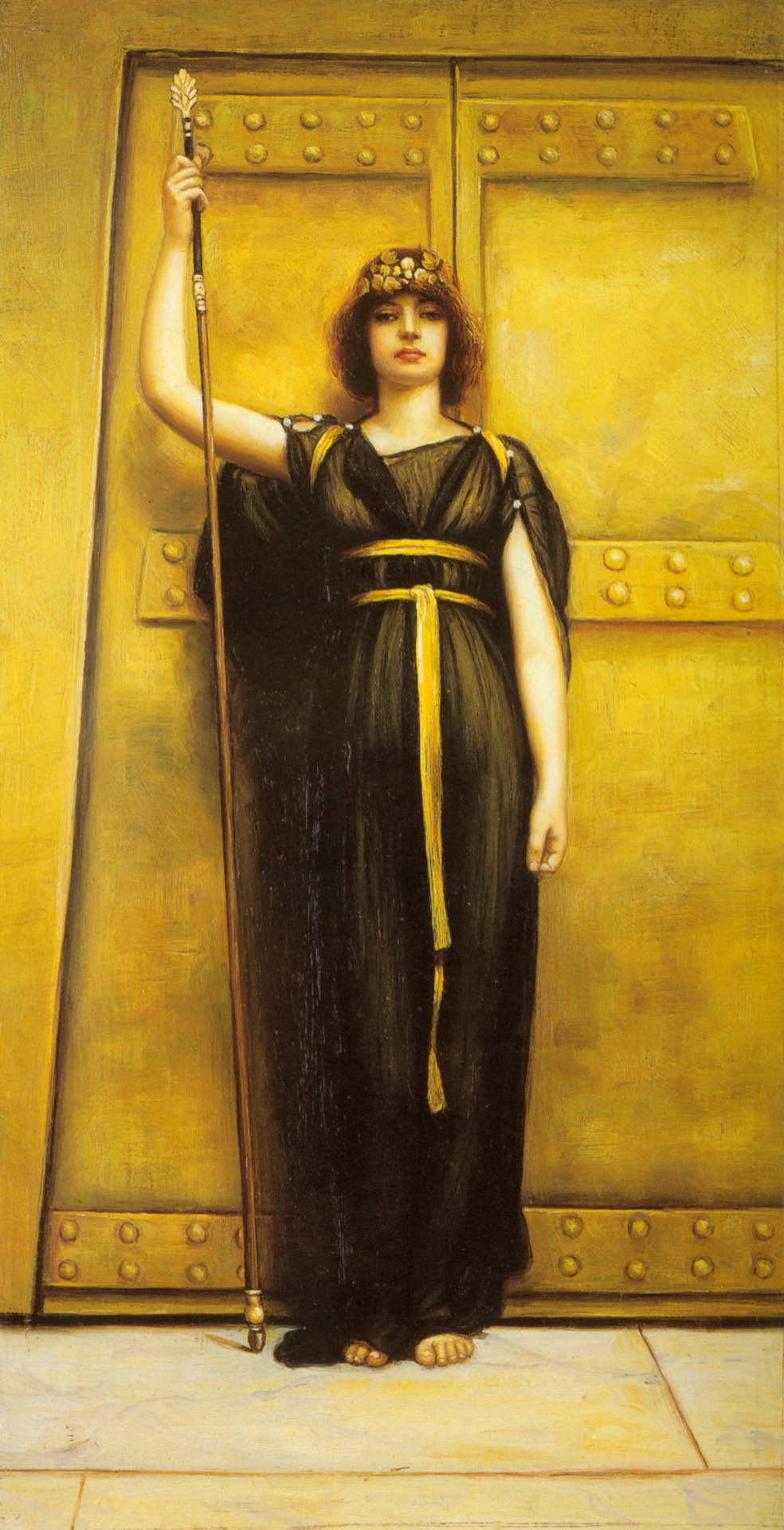
The Priestess by John William Godward (1895)
#john william godward#art#paintings#fine art#19th century#19th century art#academism#academicism#academic art#painting#english artist#british artist#ancient rome#roman#priestess#roman temple#classic art
1K notes
·
View notes
Text
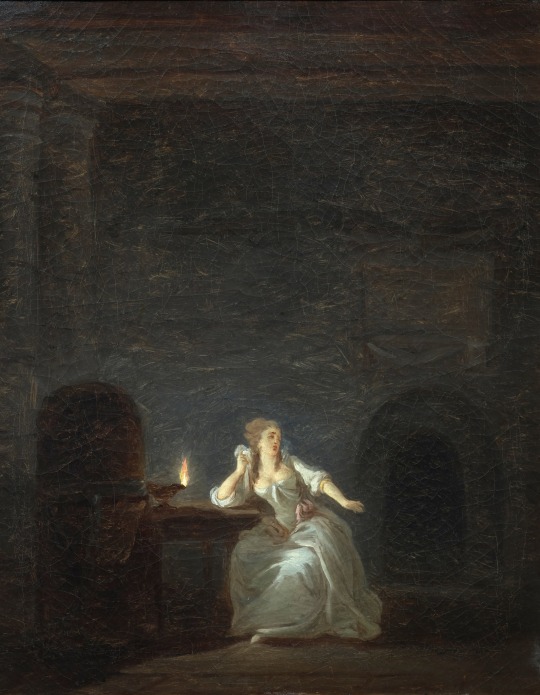
The Torture of the Vestal Virgin by Jean-Frédéric Schall
#jean frédéric schall#art#vestal virgin#roman#priestess#ancient rome#condemned#imprisoned#dungeon#dungeons#france#ancien régime#the terror#the reign of terror#history#europe#european#vestals#priestesses#despair#dress#handkerchief#oil lamp#elegant woman#lamp#light#dark#darkness#neoclassicism#neoclassical
294 notes
·
View notes
Text
do you think the ancient babylonians had a patron god of chasers
#they had to with all the eunuch priestesses of ishtar roaming around.#the greco-romans of course had cybele and dionysus
6 notes
·
View notes
Photo

Happy Victoria Day, my beloved Regina-Victoria. My soul yearns for you, but we will definitely be together!. My beautiful Priestess.
#roman legionnaire#ancient rome#ancient egypt#egyptian priestess#Legate#Illustration#Comic Art#romance#love#a couple in love#любовь#романтика#с днем Виктории#легат#жрица#египетская жрица
17 notes
·
View notes
Text
i luvvv when the nations are considered gods i think they all deserve a cute little cult of humans who luvvvv them so much. like a harem. a very patriotic harem.
#shut up luci#delete later#imagine ur in a cult u and ur priestess sisters are chillin smoking weed or whatever#and then ur patron shows up like hello beautiful ladies <3 u are all so lovely today#cult like the old fashioned greek/roman way not like the modern way. except america. she has a very modern cult....#anyway i want to be in englands harem if that isnt obvious. i want her so badly.
5 notes
·
View notes